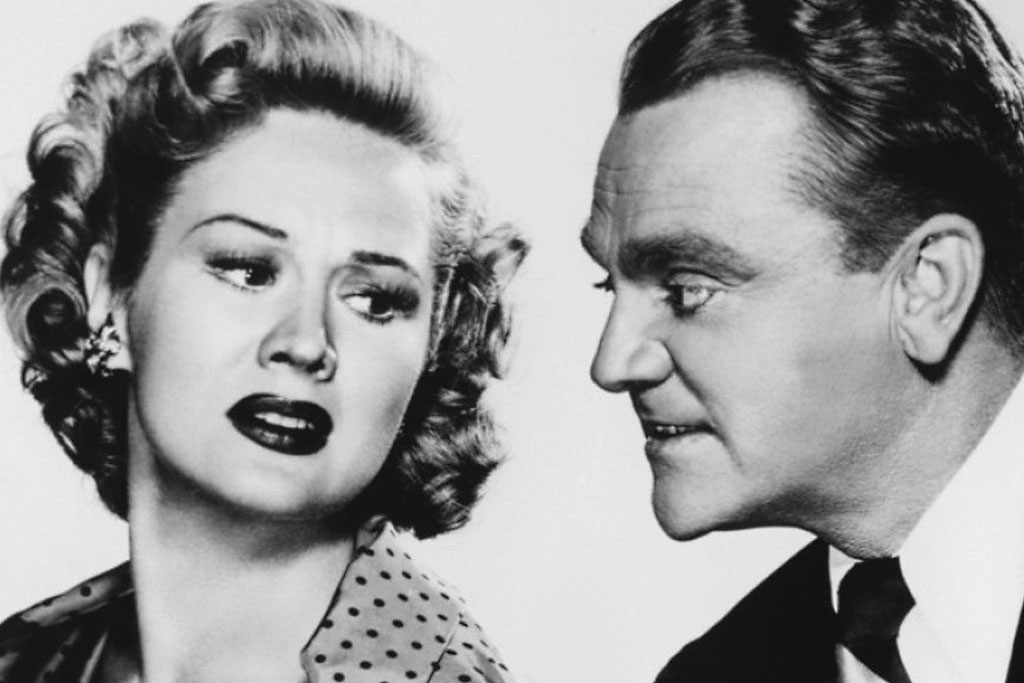How to invoice for freelance work
The best bit about doing freelance work is getting paid. So as important as it is to quote accurately and do the best freelance job you can, you need to make sure you get your invoice right.
Many people find the thought of preparing a freelance invoice daunting when taking on their first freelance job. But when you know what information you need to have, and how to lay it out, it’s actually very easy.
What is an invoice?
An invoice is the realisation of your freelance quote. So while your quote lets your client know how much their freelance job will cost, your invoice explains what you have done and asks for that amount to be paid. The process can seem a little daunting at first but don’t worry there are lots of free custom invoice templates you can look at to get some inspiration.
If you have accounting software, it will usually be able to create invoices for you. There are a number of things your invoice should and legally must contain.
What should be in your freelance invoice?
To help make it as easy as possible for your freelance client to pay your invoice, there are a number of things it’s a good idea to include:
- Your client’s order or job number (if they have one).
- The title of the project or name of the job.
- Details about the work you completed, including hours if relevant.
- Dates you completed the work if relevant.
- The amount your client needs to pay you.
- Your payment terms – for example payment within 30 days.
- Your bank details if you wish them to transfer money, or account name if they’re paying by cheque.
If you’re stuck on creating an invoice from scratch, you can use a free template like Zintego Free Receipt Maker.
What must be in your freelance invoice?
There is also some information you need to include:
- Your client’s name and address.
- Your name and address.
- Your invoice number.
- An invoice date.
- Your registered business address and company number if you have one.
- Your VAT registration number if you’re registered.
- Any VAT you have charged.
Chasing up your freelance invoice
To help you keep on top of your invoice – especially if you have several freelance jobs, it’s a good idea to keep a record of when it’s due.
Most companies are usually good about paying on time, so if you don’t receive your payment by your specified due date, get in touch with the company and find out when it’s scheduled for payment.
Don’t just sit back and wait to be paid – sometimes invoices get lost in internal systems and you could have a long wait if you don’t politely chase. The key behind chasing payments is to be polite but persistent until you get your money.
Need more money advice? Read seven tips to help you get paid quickly as a freelancer.
Don’t allow service creep to eat into your costs
One expensive problem some freelancers encounter is service creep – when a client adds more work to a project or job you’ve already quoted for; effectively getting work for free.
If a client wants you to work outside your initial freelance quote, then this needs to be priced and paid for. To help you spot and avoid service creep, read this article.
Want to read more freelance advice?
You’ll also find more useful freelance advice tips here:
- Want to invoice more money? Read the complete guide to raising your freelance rates
- Read our 30-second guide to launching a freelance career
- Five tips to help you conquer your fears and go freelance
- 10 ways you can use LinkedIn to find freelance clients
Are you charging enough for your freelance work? Or are you undercharging? To find out take our easy five-step pricing process that calculates what your prices need to be.










